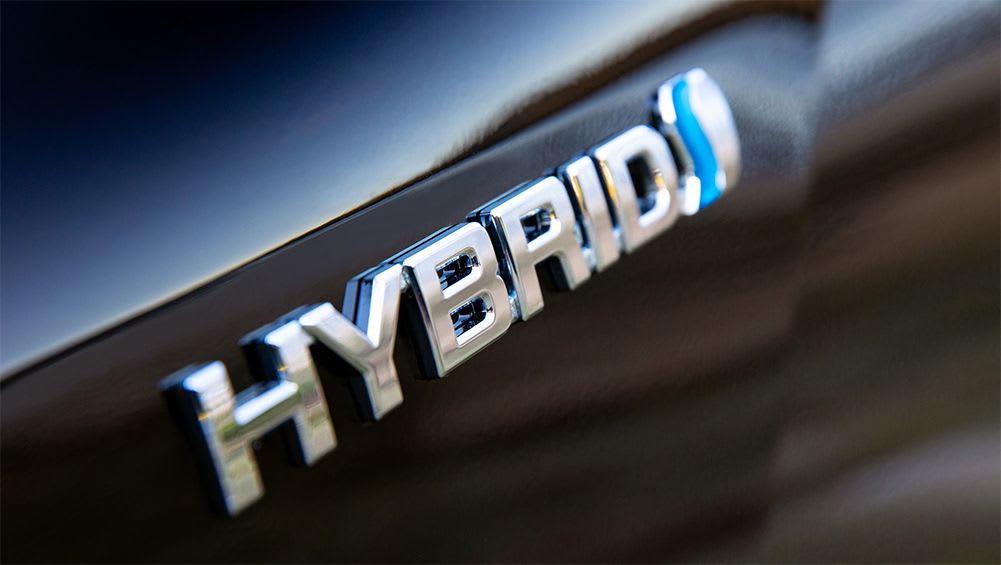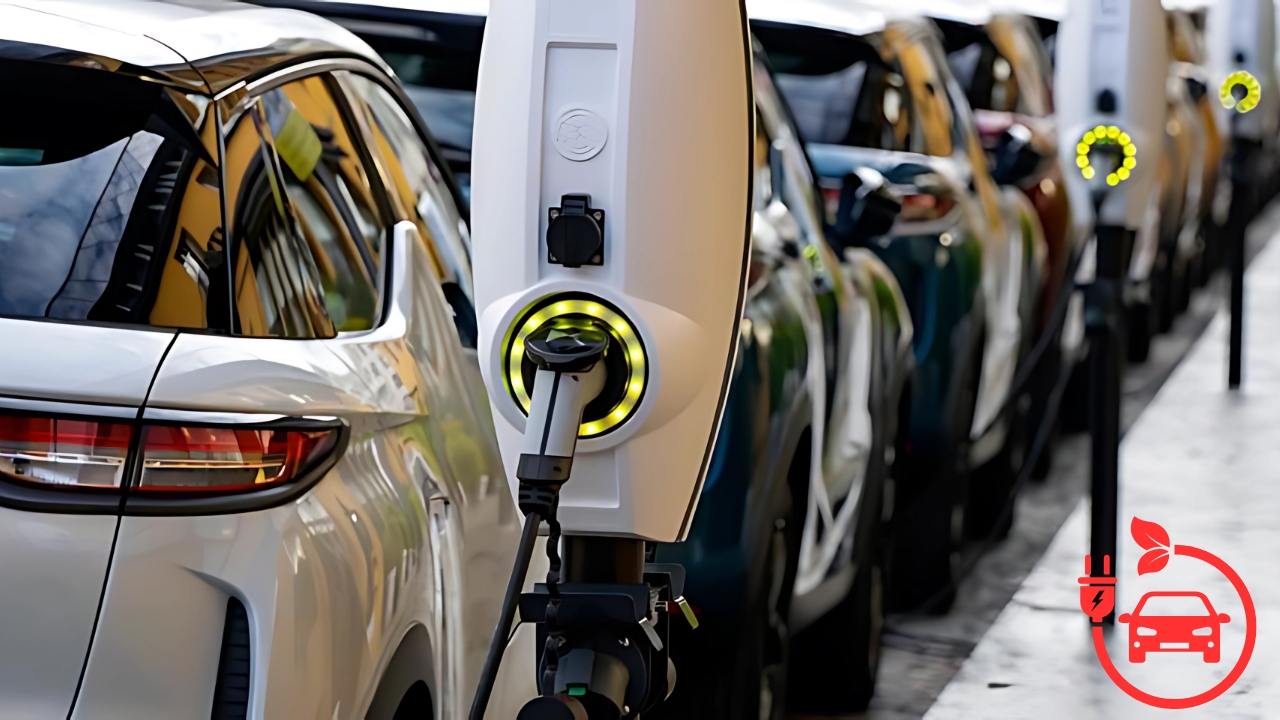Hybrids Surge : Australia’s automotive market is undergoing a significant transformation in 2025, with hybrid vehicles gaining traction while electric vehicle (EV) sales experience a notable decline. Recent data from the Australian Automobile Association (AAA) and the Electric Vehicle Council (EVC) highlights a shift in consumer preferences, driven by economic, infrastructural, and policy-related factors.
This article explores the reasons behind the surge in hybrid and plug-in hybrid electric vehicle (PHEV) sales, the challenges facing EV adoption, and what this means for Australia’s path toward sustainable transportation.
The Rise of Hybrids and PHEVs
A Boom in Hybrid Sales
Hybrid vehicles, which combine internal combustion engines (ICE) with electric motors, have seen a remarkable increase in popularity. In the first quarter of 2025, hybrid sales rebounded strongly after a temporary dip in the previous quarter. According to the AAA’s EV Index, hybrid vehicles accounted for 29.88% of new medium SUV sales, a dominant segment in Australia’s automotive market. This growth is attributed to consumer familiarity with hybrid technology, which offers fuel efficiency without the range anxiety associated with fully electric vehicles.
Plug-in Hybrids Steal the Spotlight
Plug-in hybrid electric vehicles (PHEVs) have also experienced a significant surge, with sales nearly doubling from 7,556 units in Q4 2024 to 13,698 units in Q1 2025, capturing 4.81% of the market. The introduction of models like the BYD Shark 6 PHEV ute has been a key driver, with 4,836 units sold in the March quarter alone. This model has reshaped the PHEV segment, reducing the dominance of medium SUVs from 76.7% in Q4 2024 to 46.9% in Q1 2025, while 4WD utes like the Shark 6 accounted for 35.3% of PHEV sales. The appeal of PHEVs lies in their versatility, offering electric-only driving for short trips and a gasoline engine for longer journeys, alleviating concerns about charging infrastructure.
Why Are Hybrids Gaining Ground?
Several factors contribute to the hybrid surge. Firstly, the end of the Fringe Benefits Tax (FBT) exemption for PHEVs in April 2025 initially boosted sales as consumers rushed to take advantage of the tax break before its expiration. However, even after the exemption ended, PHEV sales remained strong, indicating genuine consumer interest. Secondly, hybrids are seen as a more affordable and practical option compared to EVs, especially in a market where charging infrastructure remains limited, particularly in rural areas. Lastly, hybrids benefit from established brand trust, with manufacturers like Toyota leading the charge, accounting for 51% of national hybrid sales.
The Decline in EV Sales
A Two-Year Low for EVs
In contrast to the hybrid boom, battery electric vehicle (BEV) sales have hit their lowest level in two years. The AAA’s EV Index reported that only 17,914 BEVs were sold in Q1 2025, down from 21,331 in Q4 2024, reducing their market share from 7.42% to 6.3%. This decline was particularly pronounced for Tesla, which saw a 59.65% drop in sales, with Model 3 sales falling 65% to 2,046 units and Model Y sales dropping 54.44% to 3,114 units. Despite Tesla’s struggles, other brands like BYD, MG, and Kia have gained ground, with affordable models driving modest EV growth in specific segments.
Factors Hindering EV Adoption
Several challenges are contributing to the dip in EV sales. The absence of a robust second-hand EV market has raised concerns about long-term viability, with consumers worried about battery degradation and the availability of qualified technicians for repairs. NRMA Insurance notes that EVs currently account for only 1.5% of its motor policies, with expectations of reaching 9% by 2030, indicating slow adoption. Additionally, misinformation about battery safety and rising electricity costs have fueled consumer hesitancy. The lack of widespread charging infrastructure, especially in outback regions, further exacerbates range anxiety, making hybrids a more appealing choice for many.
Policy Shifts and Market Dynamics
The end of the FBT exemption for PHEVs and the Coalition’s promise to scrap the Labor government’s vehicle efficiency standards, set to take effect in July 2025, have created uncertainty in the EV market. These policy changes have dampened EV uptake, with novated leases—previously a significant driver of EV sales—losing their appeal. Meanwhile, the influx of affordable Chinese EV models, such as those from BYD, has not fully offset Tesla’s decline, though it has kept the market competitive. Forecasts suggest that the number of EV models available in Australia will rise from 79 to 143 by the end of 2025, potentially revitalizing interest if prices continue to drop.
The Broader Context: Global and Local Trends
Global EV and Hybrid Trends

Globally, EV sales remain strong, with 1.5 million units sold in April 2025, a 29% increase from the previous year, driven largely by China and Europe. Chinese manufacturers like BYD have seen remarkable growth, with a 169% sales surge in Europe, outpacing Tesla in markets like Germany and the UK. However, even globally, hybrids are gaining favor, with companies like Honda scaling back EV investments to focus on hybrid models due to their profitability and consumer demand. This global shift mirrors Australia’s trend, where hybrids are seen as a transitional technology toward full electrification.
Australia’s Unique Challenges
Australia’s vast geography and sparse charging infrastructure pose unique challenges for EV adoption. In outback communities, diesel 4WDs remain essential due to the lack of charging stations and untested hybrid capabilities for heavy-duty tasks. While urban consumers are more open to EVs, the limited availability of affordable, long-range options and concerns about electricity costs continue to drive preference for hybrids. Posts on X reflect this sentiment, with users noting that hybrids serve as a “comforter” for those with range anxiety, while BEVs struggle to maintain momentum.
The Future of Australia’s Automotive Market
A Bright Future for EVs?
Despite the current dip, the long-term outlook for EVs in Australia remains optimistic. The market is projected to grow to $3.87 billion by 2029, with a compound annual growth rate (CAGR) of 11.3% from 2025 to 2029. Infrastructure expansion and advancements in battery technology, such as BYD’s five-minute charger, could address range anxiety and boost consumer confidence. Additionally, the increasing availability of EV models under $50,000 is making electric vehicles more accessible, potentially reversing the current trend.
Hybrids as a Bridge
Hybrids and PHEVs are likely to serve as a bridge to full electrification, offering a practical solution for consumers hesitant to fully commit to EVs. Their ability to reduce emissions while maintaining the convenience of traditional fueling makes them a compelling choice in the interim. However, experts like Hussein Dia argue that the decline in petrol and diesel vehicle sales signals a gradual transition to cleaner transport solutions, with hybrids playing a crucial role in this shift.
The surge in hybrid and PHEV sales in Australia reflects a pragmatic response to current market conditions, including limited charging infrastructure, policy changes, and consumer concerns about EV viability. While EV sales have dipped to a two-year low, the market is poised for growth as infrastructure improves and more affordable models enter the market. Hybrids, for now, offer a middle ground, balancing environmental benefits with practicality, but the future of Australia’s automotive landscape will likely see EVs reclaiming their momentum as barriers to adoption are addressed.
FAQs
Why are hybrid vehicles more popular than EVs in Australia right now?
Hybrids are gaining popularity due to their affordability, fuel efficiency, and lack of reliance on charging infrastructure, which is limited in Australia, especially in rural areas.
What caused the dip in EV sales in Q1 2025?
EV sales dropped due to the end of tax incentives, limited charging infrastructure, consumer concerns about battery life, and a significant decline in Tesla sales.
Will EV sales recover in Australia?
Yes, forecasts suggest EV sales will grow as more affordable models become available and charging infrastructure expands, with the market projected to reach $3.87 billion by 2029.

